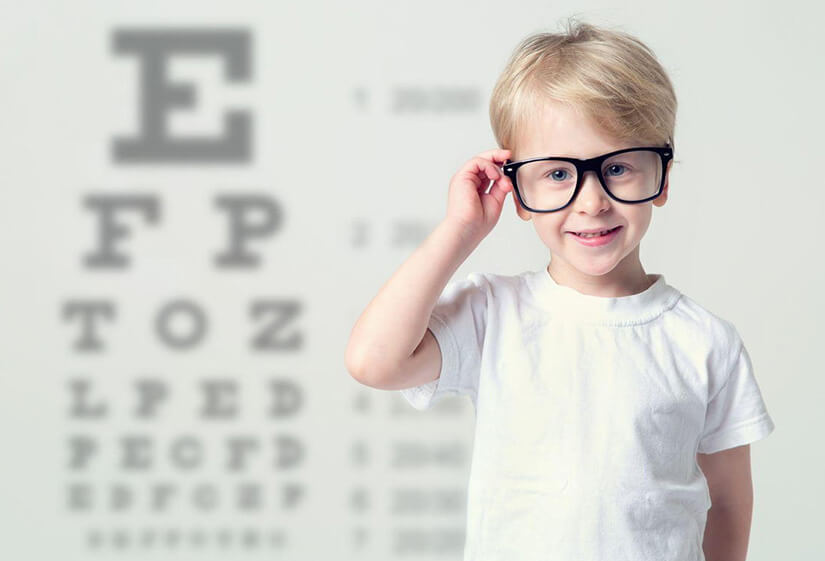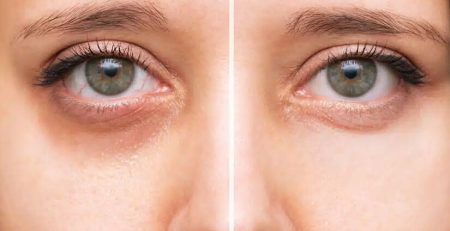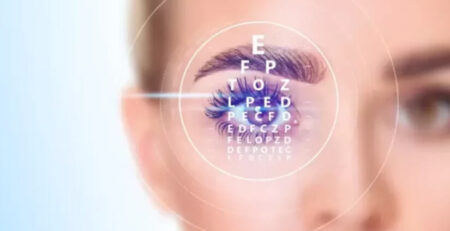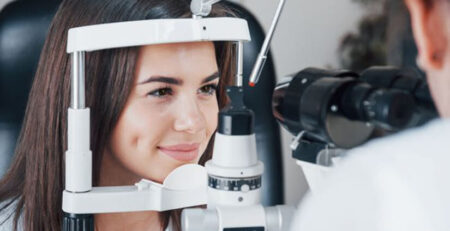Vision Problems in Children: When to Seek Treatment
As parents, we’re always on the lookout for our children’s well-being. But when it comes to their vision, the signs of trouble aren’t always obvious. How can you tell if your child needs treatment for eye problems? And what can you do to protect their eyesight?
Common Vision Problems in Children
Some of the most common child eye problems include nearsightedness (difficulty seeing distant objects), farsightedness (trouble seeing close objects), and astigmatism (blurry vision due to irregular corneas). These conditions can affect your child’s ability to learn and play.
Other issues like lazy eye (amblyopia) and crossed eyes (strabismus) can also develop if vision problems aren’t addressed early. These conditions can often be corrected with glasses, eye patches, or even surgery if caught in time.
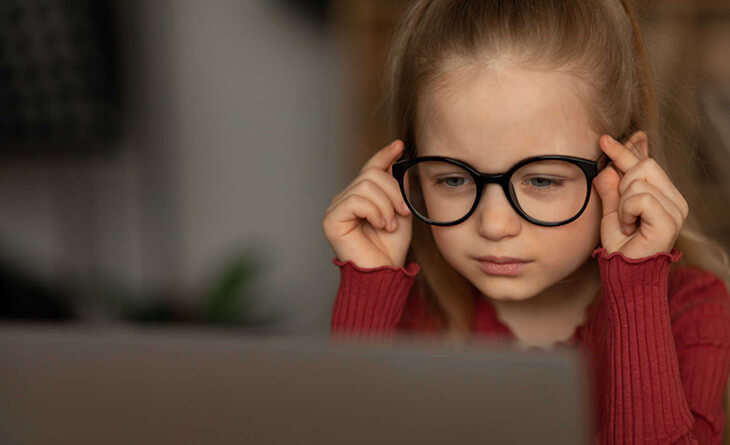
Signs to Watch Out For
Squinting or covering one eye: This is often a child’s natural way of compensating for blurred or double vision. If you notice this behavior frequently, it could indicate an issue with their eye alignment or clarity of vision.
Frequent headaches: Young children may not always tell you about a headache, but you might observe irritability, reluctance to do schoolwork, or complaints of discomfort after reading or watching TV. Headaches often stem from eye strain due to uncorrected vision problems or eyesight weakness in child.
Difficulty reading or copying from the board: If your child struggles with classroom activities like copying notes or reading from a distance, this could point to nearsightedness. Pay attention if their grades drop or they seem frustrated during homework.
Sitting too close to the TV or holding books very close: Children with vision problems often compensate by moving closer to what they want to see. This behaviour, though common, should not be ignored. It might be their way of adapting to blurry vision.
Complaints of blurry or double vision: If your child mentions seeing things in a blur or experiencing double vision, don’t brush it off as clumsiness. These could be clear indicators of issues like astigmatism or strabismus.
Poor hand-eye coordination or clumsiness: Is your child often tripping, bumping into things, or having difficulty with activities like catching a ball? These could signal depth perception problems or difficulties with spatial awareness caused by uncorrected eye issues, one of the common child eye problems.
If you notice any of these signs, it’s time to take action. Your child’s eyes are constantly developing, and early intervention is key. Ignoring these signs might lead to bigger problems later on, including permanent vision challenges.
When to Seek Treatment?
Routine eye exams are vital. Experts recommend starting eye check-ups as early as six months of age, followed by another at age three, and then again before starting school. After that, regular exams every two years can help detect issues early.
Untreated child eye problems can lead to long-term challenges. For instance, amblyopia is easier to correct in younger children. Delayed treatment can result in permanent vision impairment in the affected eye.
How Can You Protect Your Child’s Vision?
Limit Screen Time: Too much screen time can strain young eyes. Encourage outdoor play and activities that promote healthy eye development.
Provide a Balanced Diet: Foods rich in vitamin A, omega-3 fatty acids, and antioxidants are essential for eye health. Incorporate carrots, fish, and green leafy vegetables into your child’s meals.
Teach Good Habits: Teach your child to take breaks from close-up work, blink often, and avoid rubbing their eyes. Rubbing can lead to infections or worsen existing issues.
Encourage Proper Lighting: Ensure your child’s study and play areas are well-lit to reduce eye strain.
Importance of Early Detection
Early detection of eyesight weakness in children is critical for their development. Poor vision can affect their academic performance, social interactions, and confidence. Many children don’t even realize they have a problem because they assume everyone sees the way they do. This is why proactive eye care is crucial.
Your child’s vision is their window to the world. If you suspect any eyesight weakness in your child, don’t wait. Consult Dr. Anisha Gupta, a leading eye doctor in Delhi, at Excel Eye Hospital. With her expertise in treating child eye problems, she’ll ensure your little one gets the care they need for a bright, clear future. Whether it’s a routine check-up or specialized treatment, Dr. Gupta’s patient-centered approach makes her the trusted choice for pediatric eye care in Delhi. Schedule an appointment today and take the first step towards protecting your child’s precious vision.

